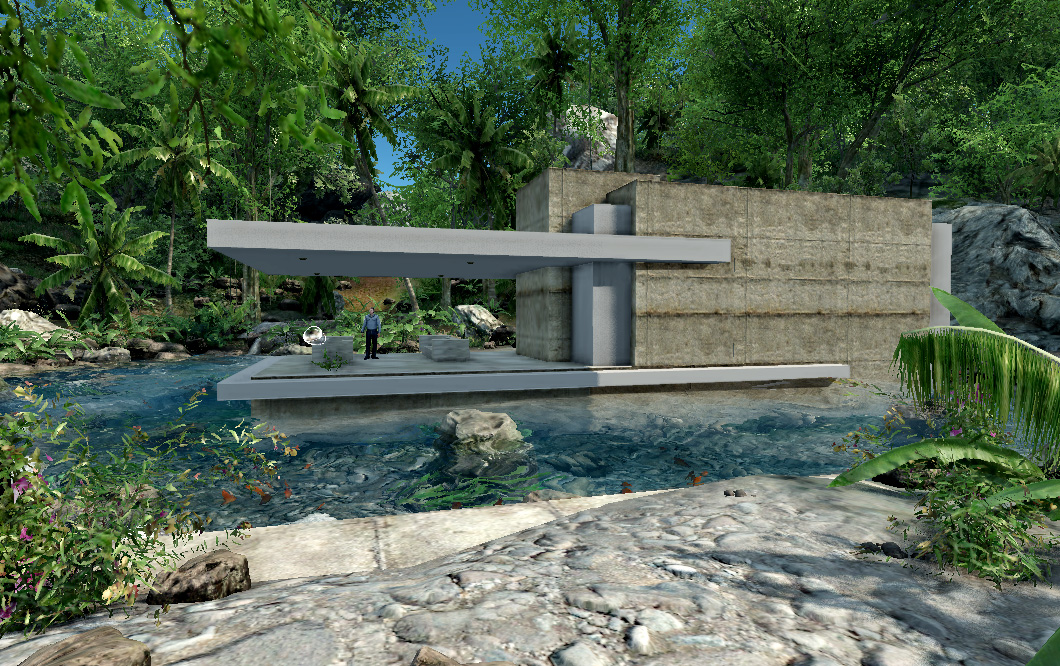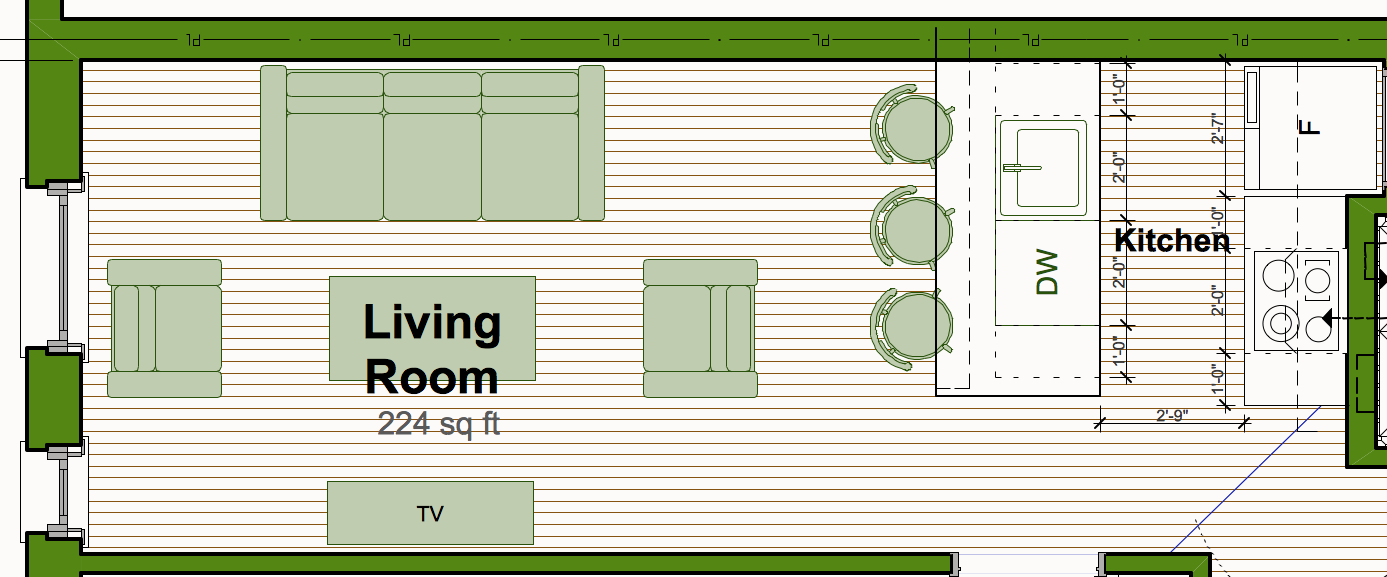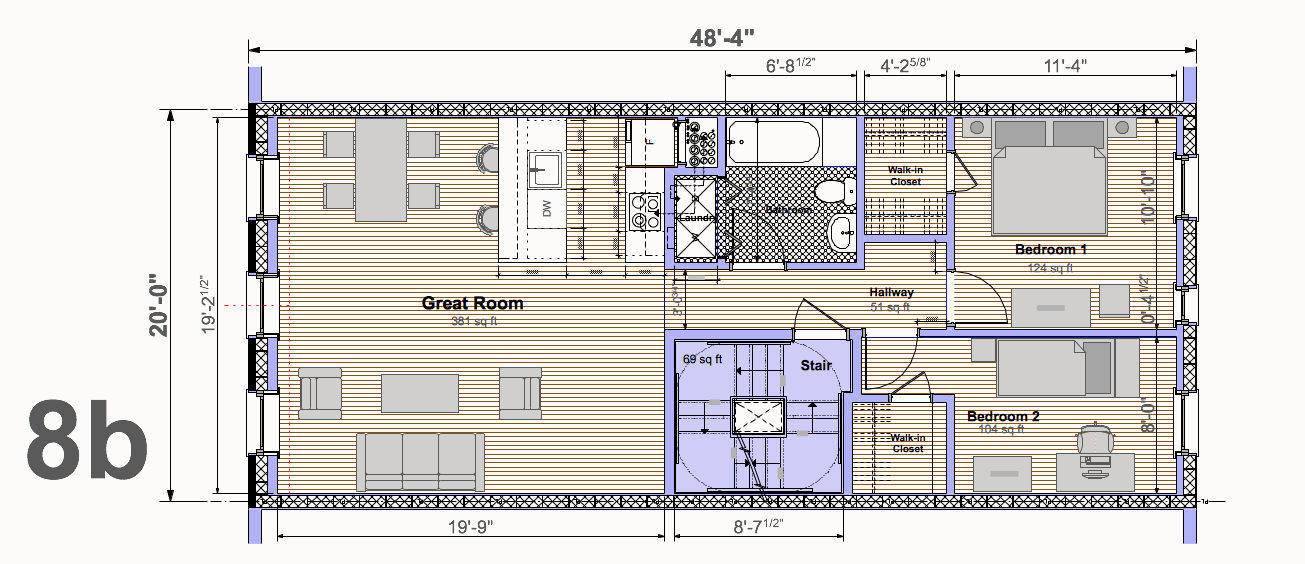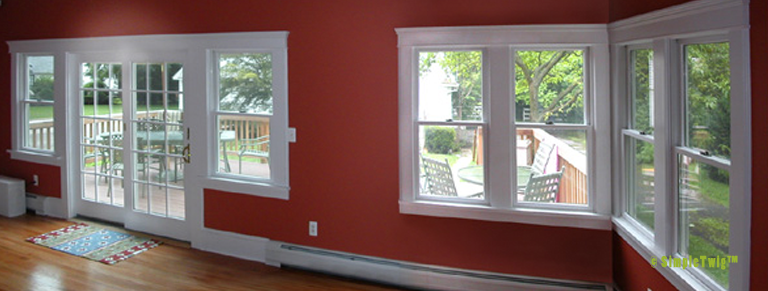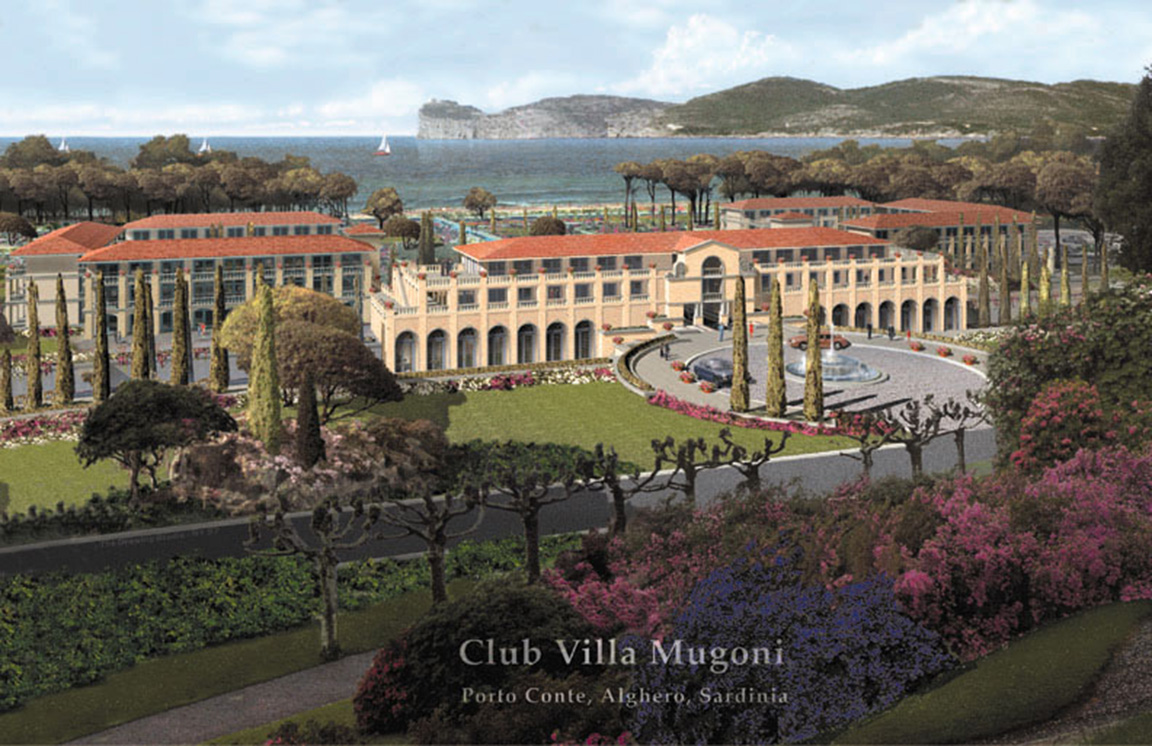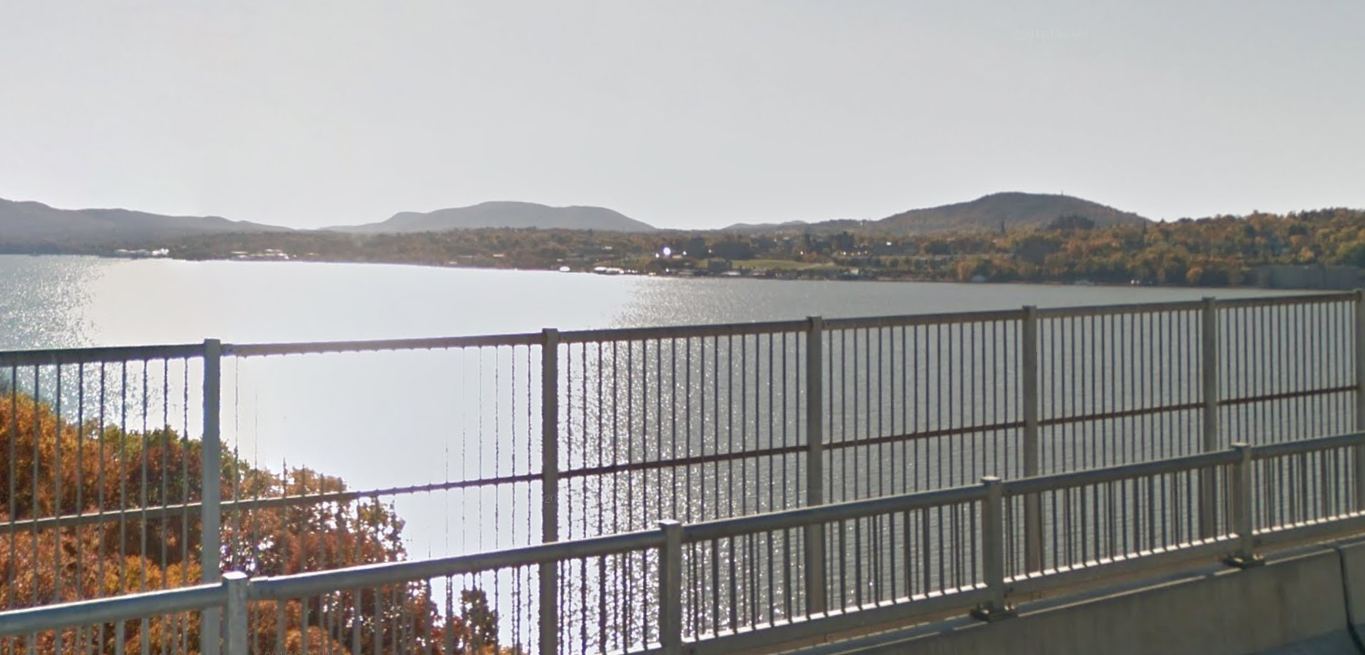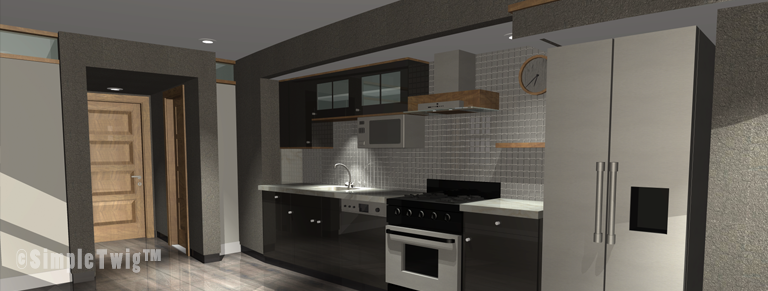Hastened by the rapid growth of humans on this earth, our needs far outpace our ability to think rationally about what is required by us and what is required by our earth. It must be understood that we can not just allow our cities to bleed out and merge with other urban areas indefinitely for a multitude of reasons, the loss of nature, the total inefficiency in first building and then maintaining such a beast, and the probable lack of quality housing which itself needs maintaining.
So if we set goals, perhaps we can address the real issues facing our society.
1) To build in such a way to allow infrastructure to be easily maintained, first by limiting how much infrastructure we build by building it ‘more efficient.’
2) To provide housing that in it’s core can be refurbished without extra effort, to ensure it’s bones serve future generations.
3) To preserve nature, both on the outskirts of urban areas but to incorporate it into those areas.
4) To build housing that serves all the needs of humans, of privacy versus public, of closed versus open, of fully functional while relaxing, interconnected while remaining unique an special in it’s place.
5) To create infrastructure that has built in a highly efficient transportation system for all things, goods, people, utilities, in such a way that they inherently can ensure weather and the elements that normally cause decay, and to do so in a way to encourage identity rather than ubiquitousness.
6) To reinforce hierarchy within our urban environments, to encourage pride and identity of one’s place, in order to help with it’s maintenance.
7) To create vehicular systems that allow quick transportation of all individuals without the need of individual vehicles, but to also offer the infrastructure to support vehicles that can be securely storage from criminal activity and weather, to help ‘ween off’ individuals from their dependency.
8) By removing vehicles from the street scape, to encourage nature scapes within all communities, to fully integrate nature and the urban environment in such a way that reinforces safety and beauty.
While there is always the danger of creating a ‘utopian idea’ that is doomed for failure, the notion that we shouldn’t think about how we plan for the future is pure folly and has obvious ramifications, like heavy taxes to afford maintenance of the monster, air and environmental pollution, horrible neighborhoods and housing, dangerous streets due to overcrowding of vehicles, etc. There is a way to take what we know about urban living and infuse this with new concepts that both respect the human individual, the environment and the mechanism that is the city to create a balance that is truly functional and beautiful. Why wouldn’t us humans try to achieve exactly this?
In future posts, I will break this down with examples for each item, to begin to establish in concrete terms what it means to use efficiency to create a better more affordable world.
